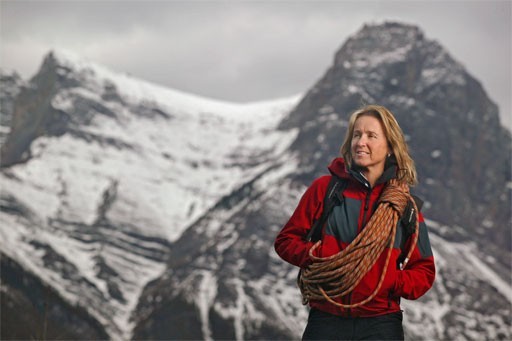The Sixtieth Anniversary of the First Ascent of Everest: A Canadian Perspective
Today ( May 29) is the sixtieth anniversary of the first ascent of Mount Everest in 1953 by New Zealander Edmund Hilary and Sherpa Tenzing Norgay.

Today ( May 29, 2013) is the 60th anniversary of the first ascent of Mount Everest in 1953 by New Zealander Edmund Hillary and Sherpa Tenzing Norgay.
It’s hard to remember the fact that three quarters of all the people who ever climbed Everest have done so since commercial guiding, and its culture of taking anyone who can pay up fixed ropes began in 2000, Although that is the face of climbing familiar to climbers now, prior to that Everest remained an enormous challenge. A British climber didn’t even summit Everest until 1975.

The first Canadian ascent was in 1982, when Laurie Sresklet of the Canadian Everest Expedition became the first Canadian on the summit, along with Sherpas Sungdare and Lhakpa Dorje. Two days later Pat Morrow, with Pema Dorje and Lhakpa Tsering also summitted. This morning in the Toronto Sun, Skreslet said ““Hillary and Tenzing Norgay pulled off an extraordinary feat of high-altitude climbing in an age when the skill was very much in its infancy,”
Less well known outside of climbing circles is the 1986 first ascent by Canadians Dawyne Congdon and Sharon Wood of a difficult route on the mountain’s west ridge and north face. That was on the Everest Light Expedition, led by Jim Elzinga. Other climbers on the trip included Barry Blanchard, Dave McNab, Albi Sole and Kevin Doyle. Wood was the first North American woman to climb Everest.

Many other famous and less famous Canadian climbers have tested themselves against Mount Everest, and must be reflecting on their experiences today. Even in the commercial setting where a permanent ladder on the Hillary Step is being contemplated and greedy expedition organizers exploit the Everest dreams in non-climbers like Toronto’s Shriya Sha-Klorfine, who died on the mountain with inexperienced Sherpas in 2012, there are still inspiring stories.
Calgary’s Andrew Brash, for example, saved Australian climber Lincoln Brash in 2006 after Brash had been left for death by his Sherpas, thus forfeiting his own summit opportunity.
Everest remains a symbol central to the history of climbing and mountaineering, perhaps the single most important one.


